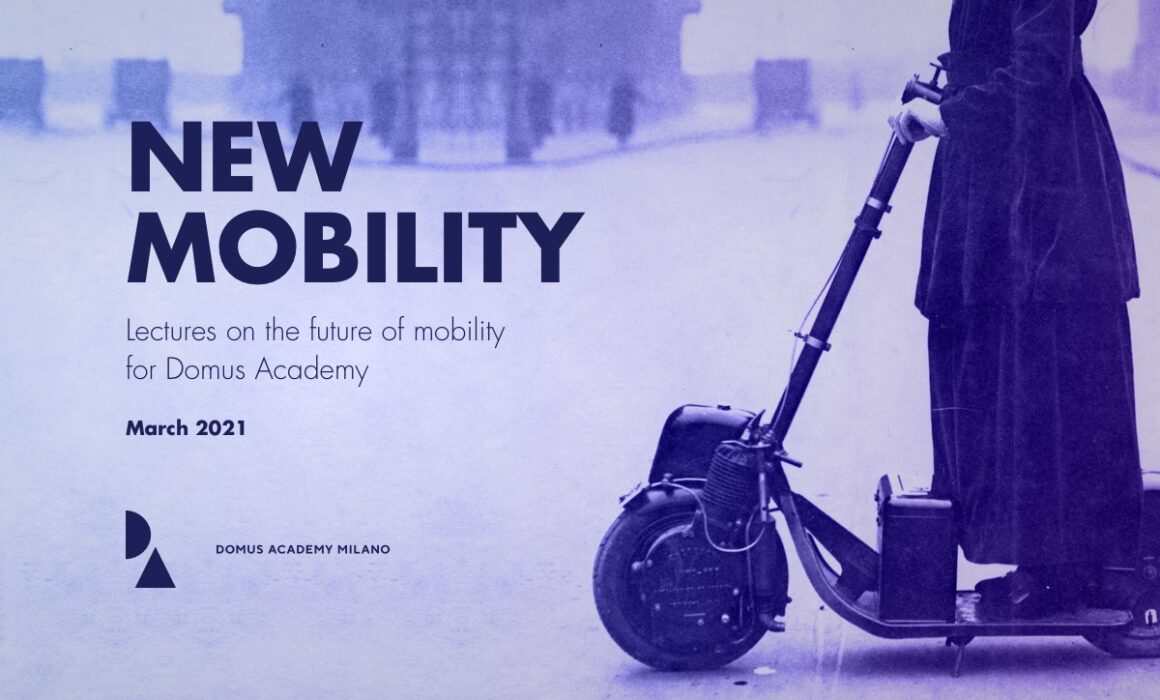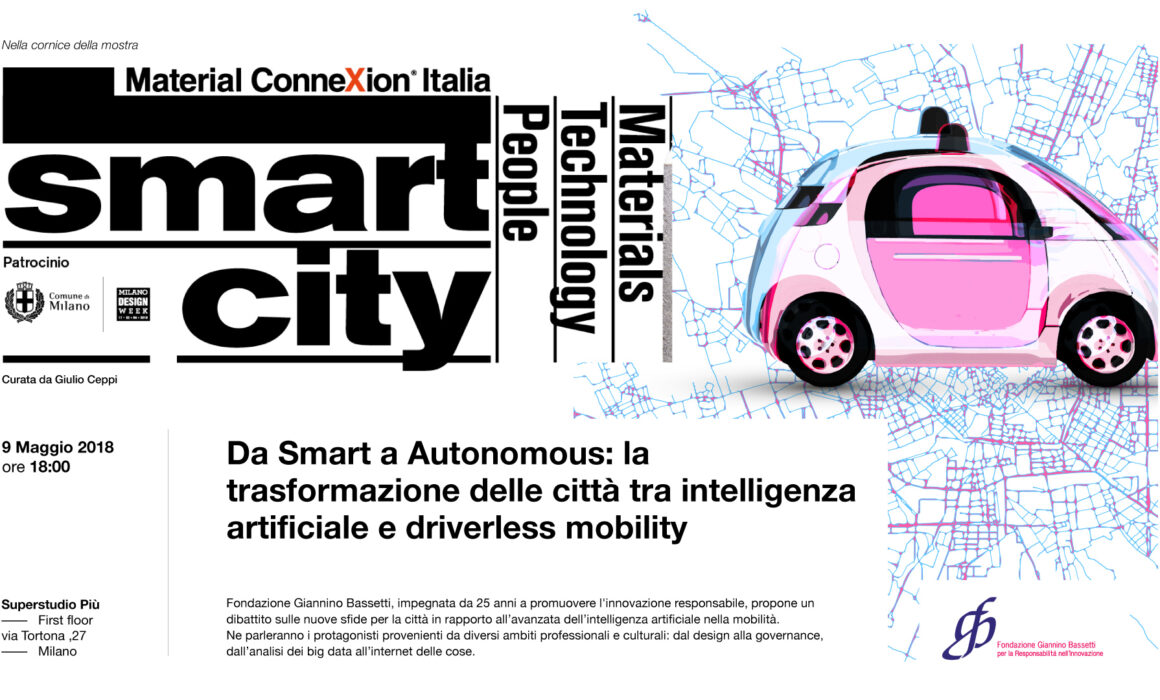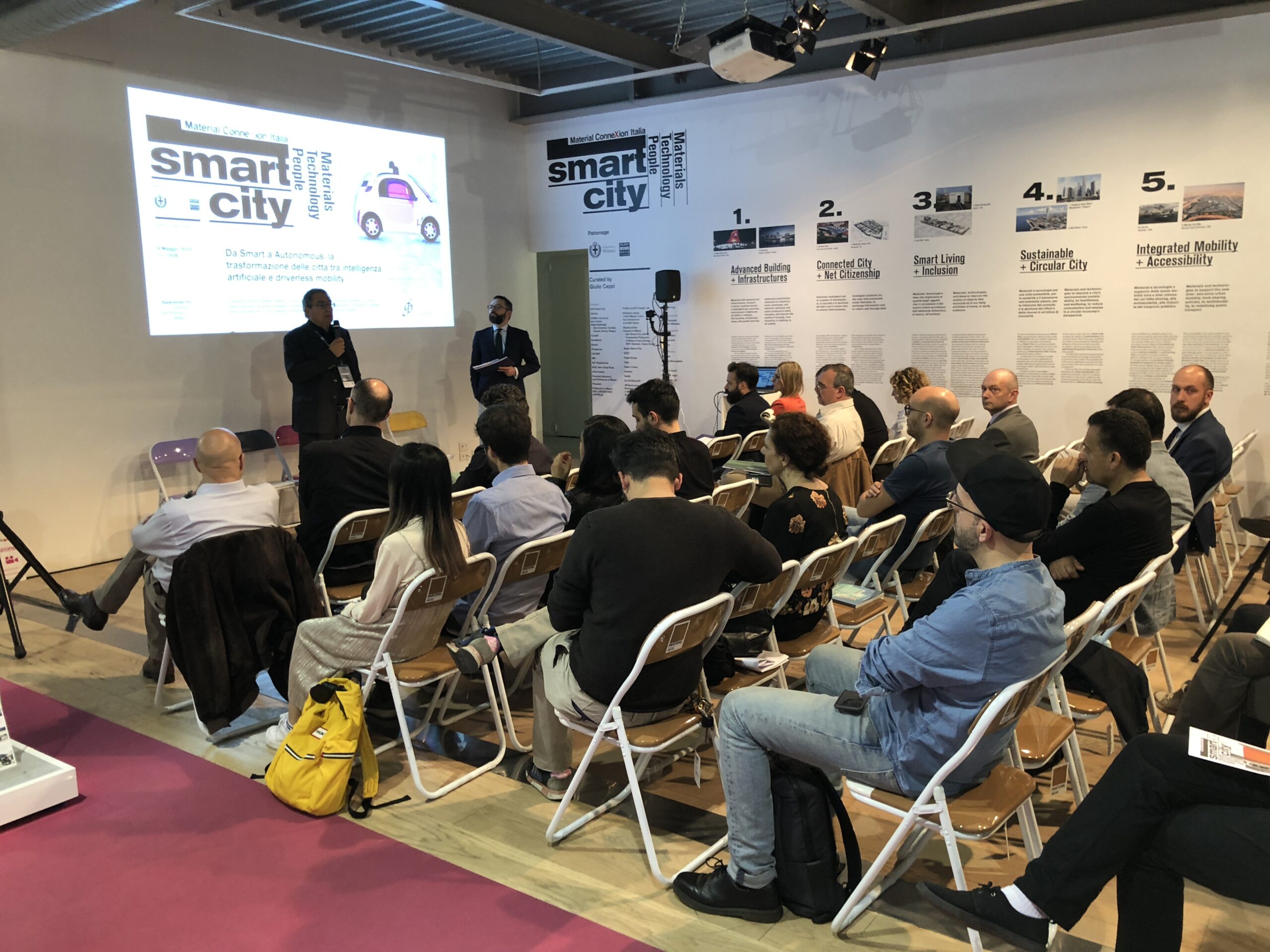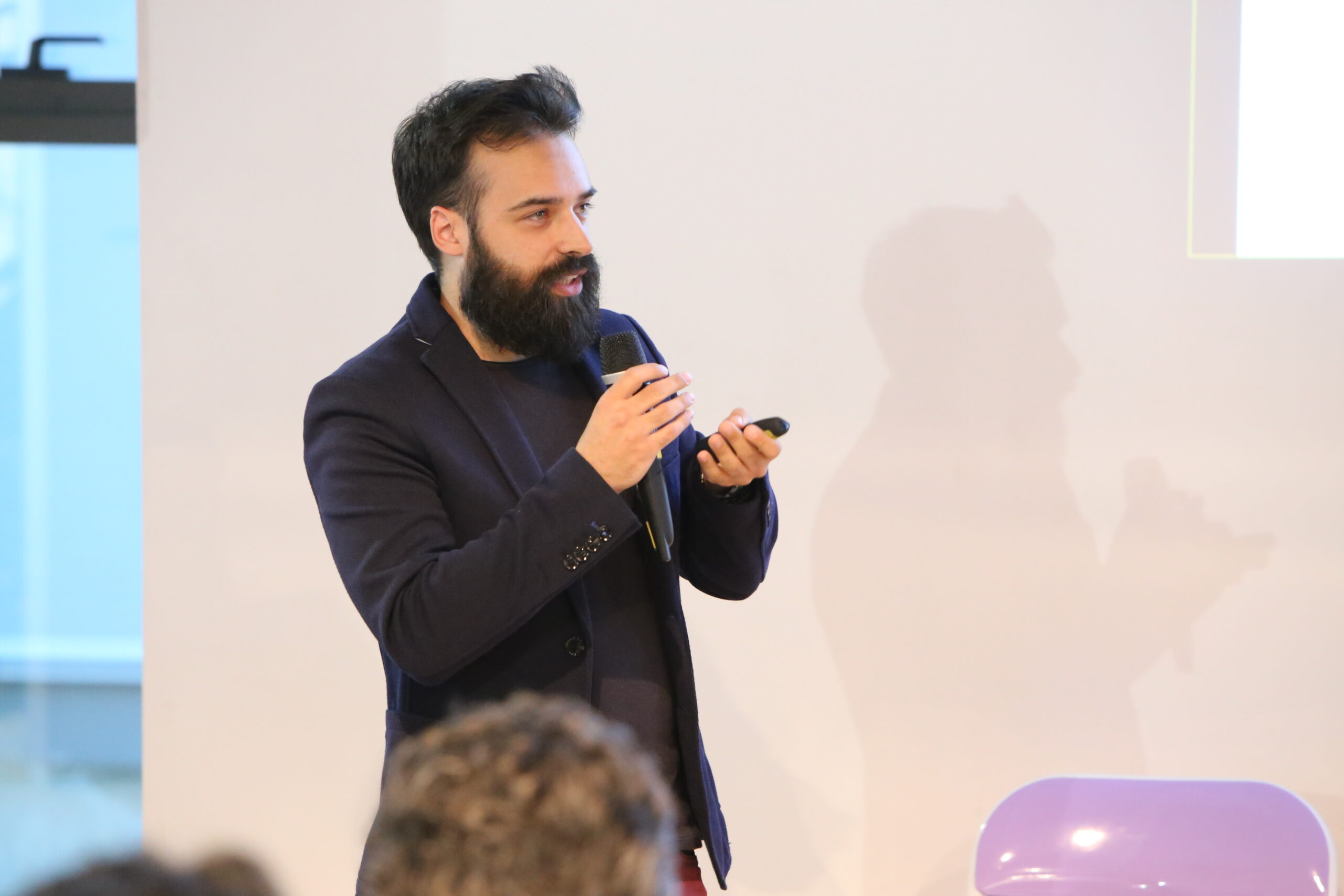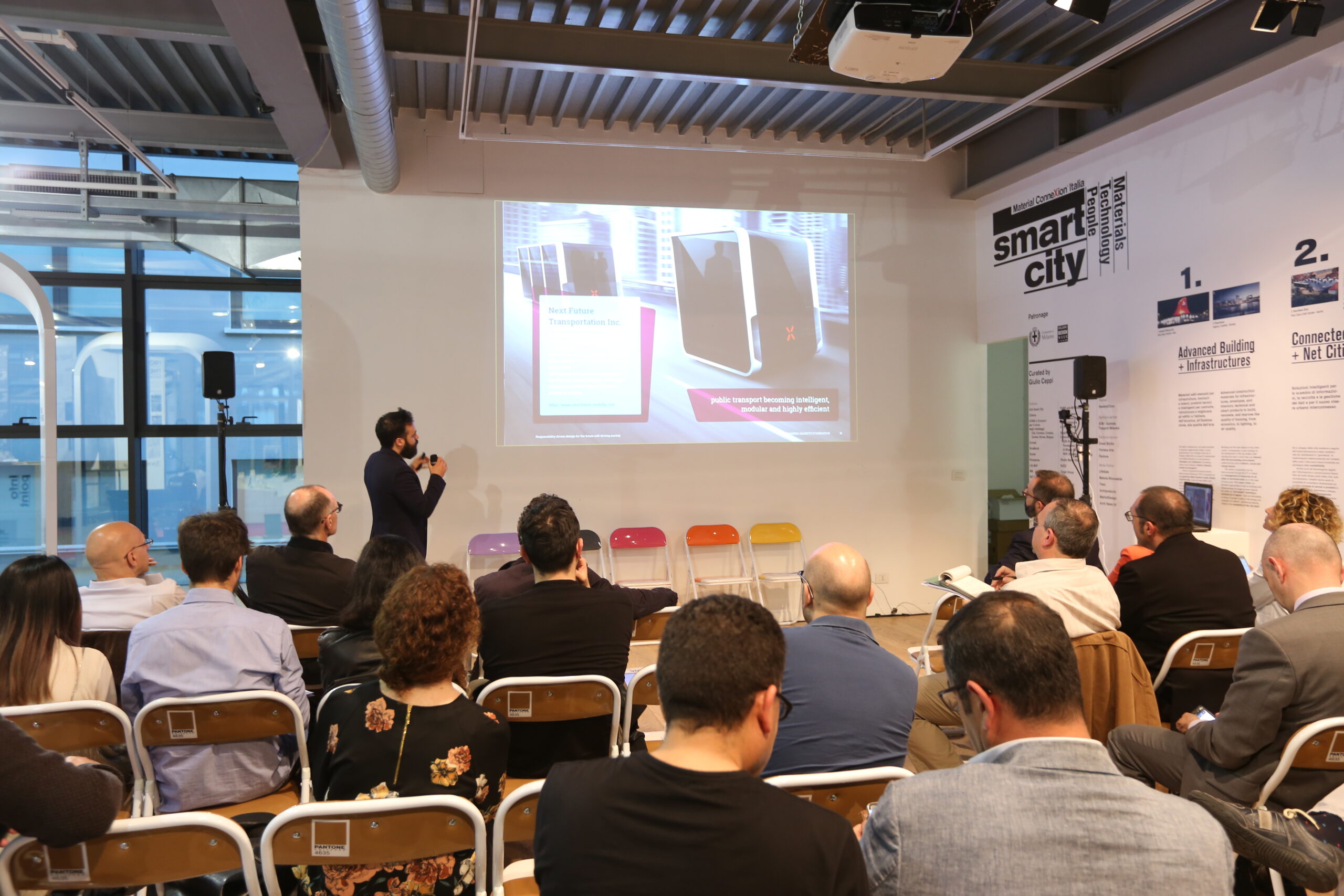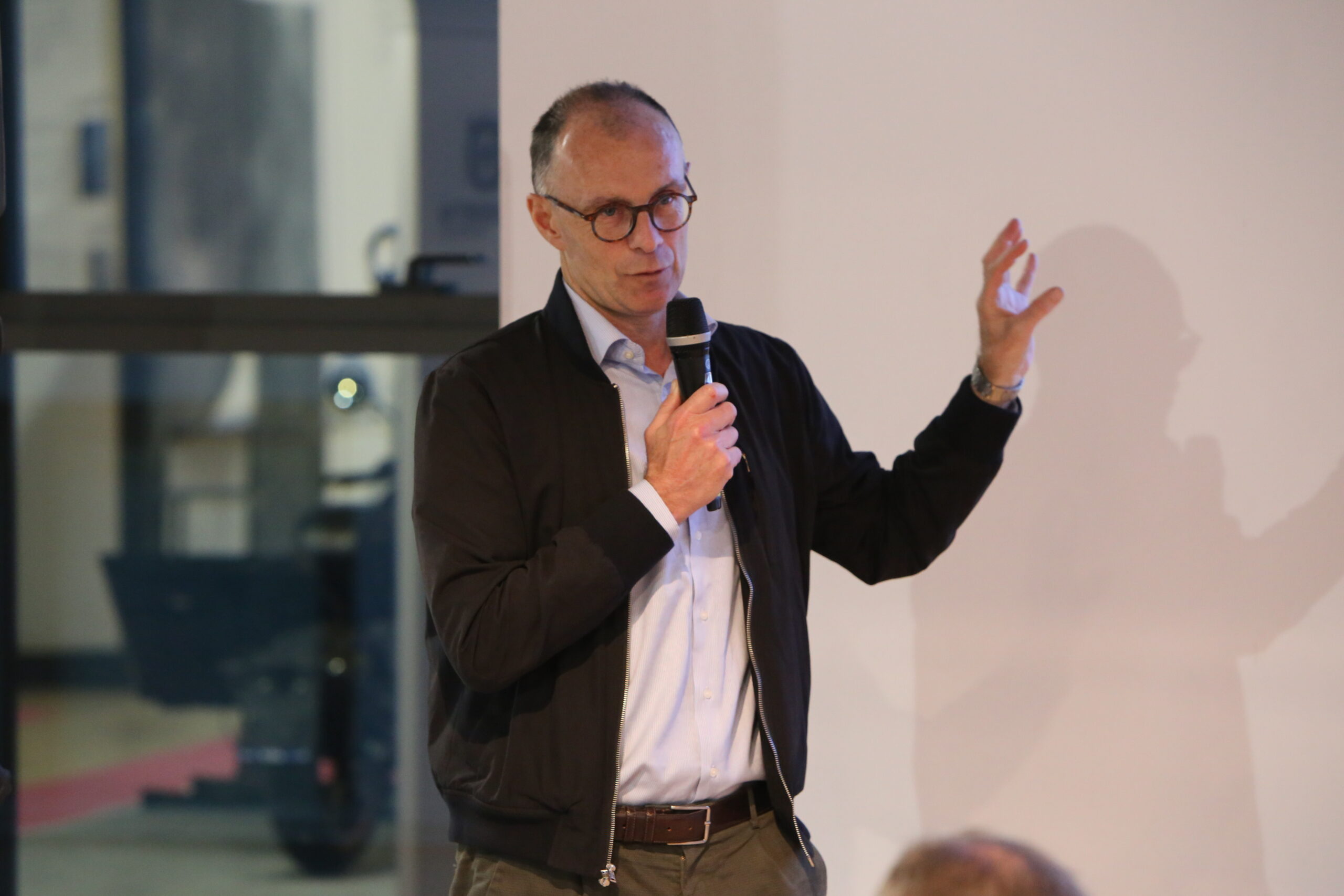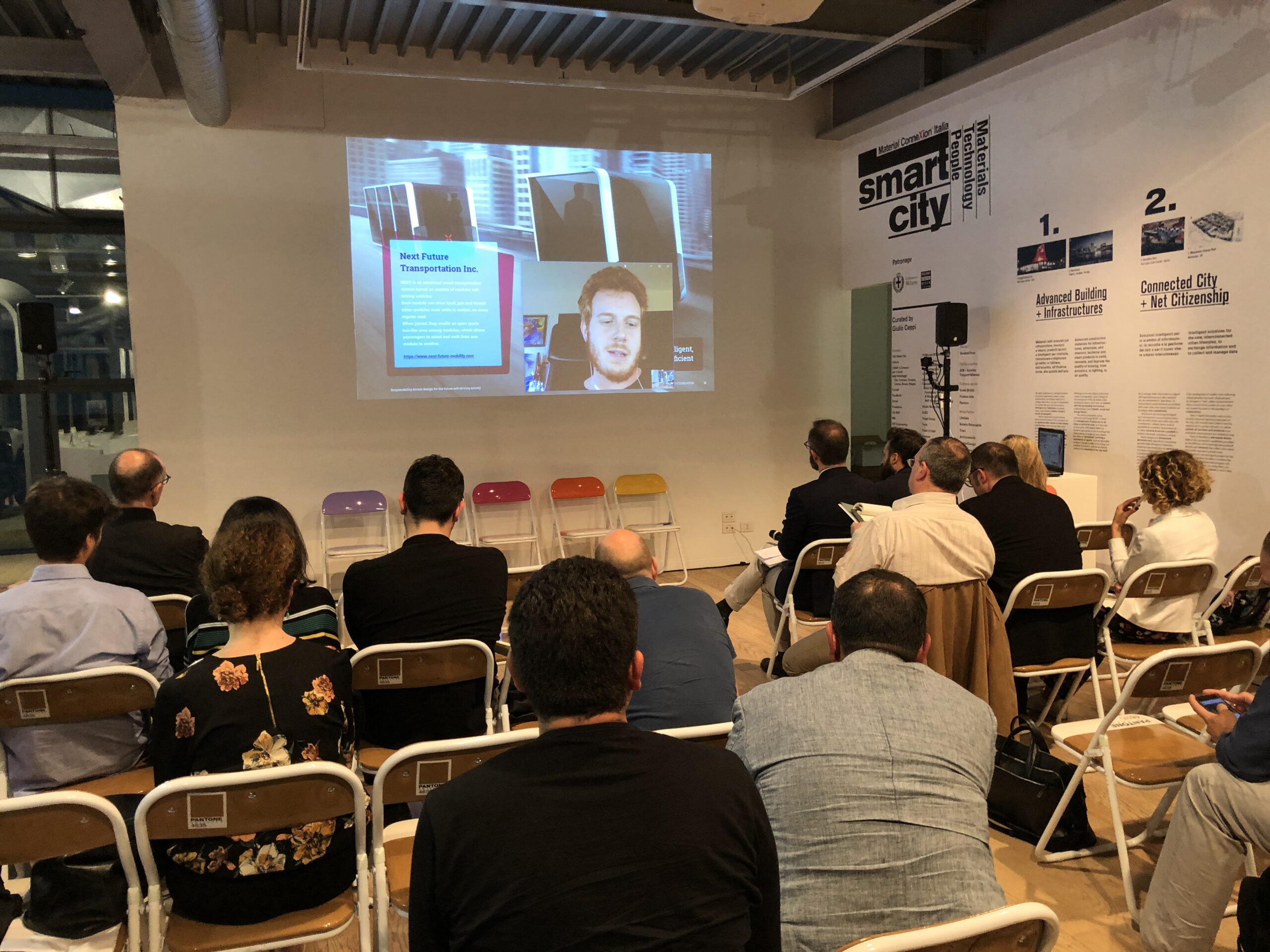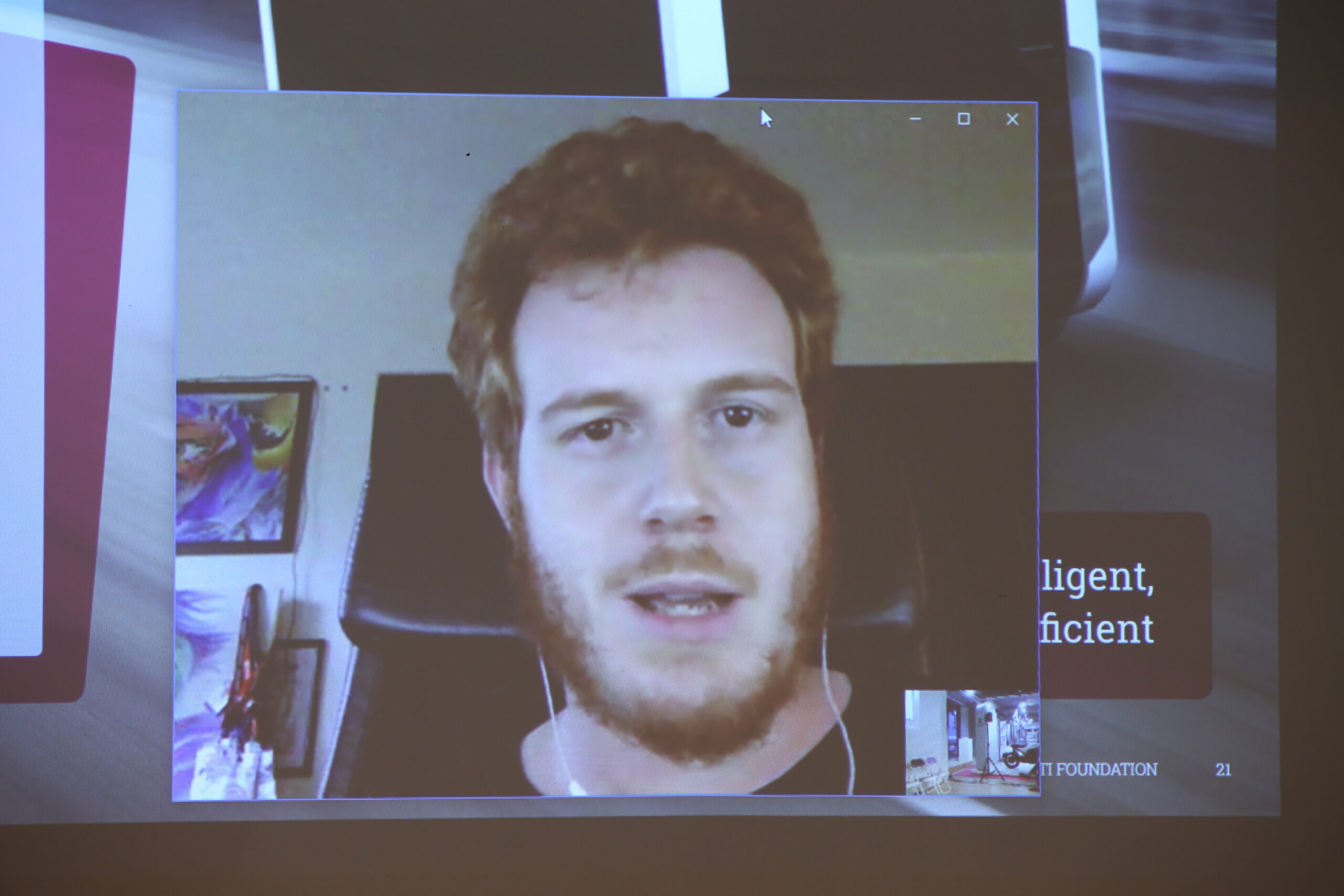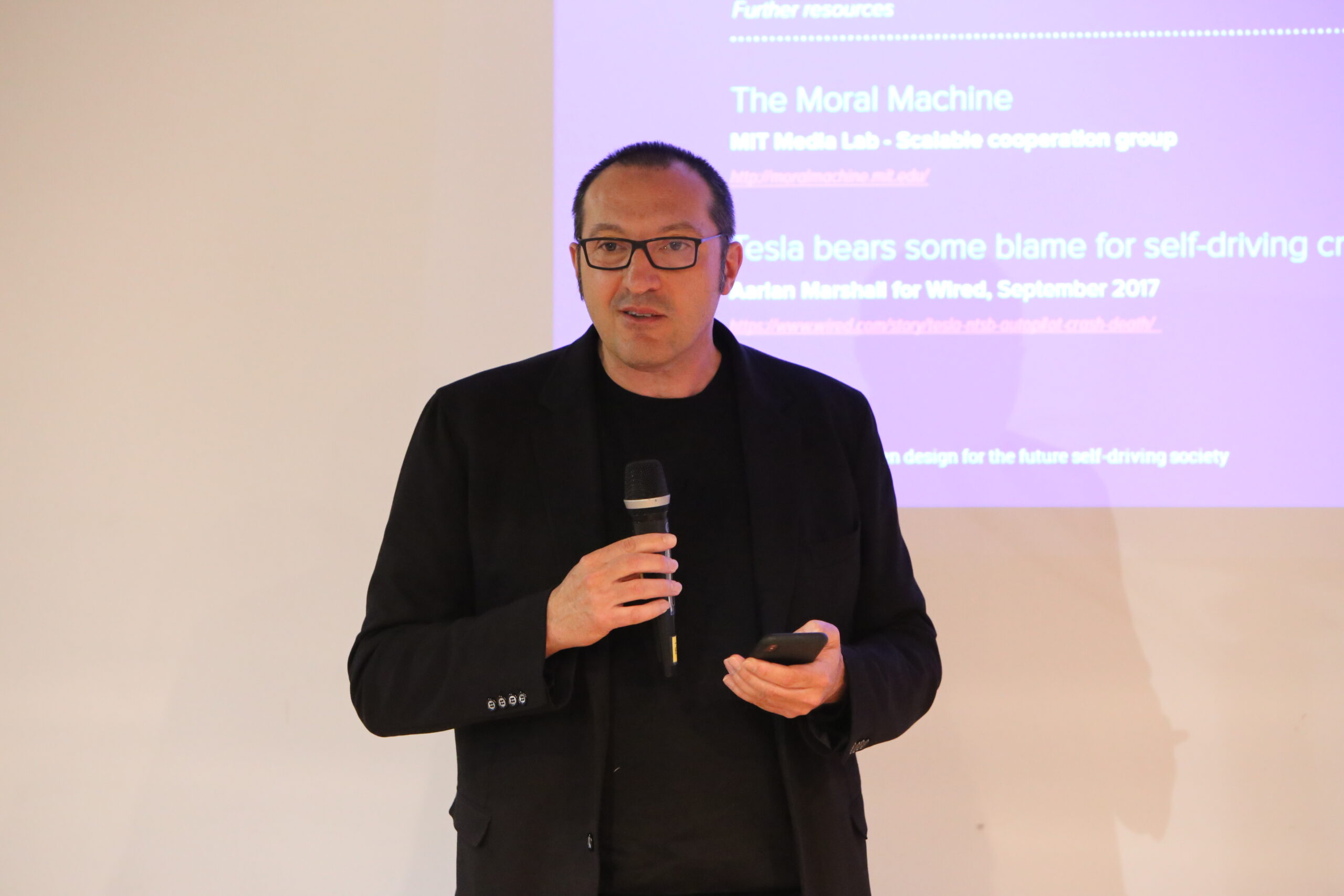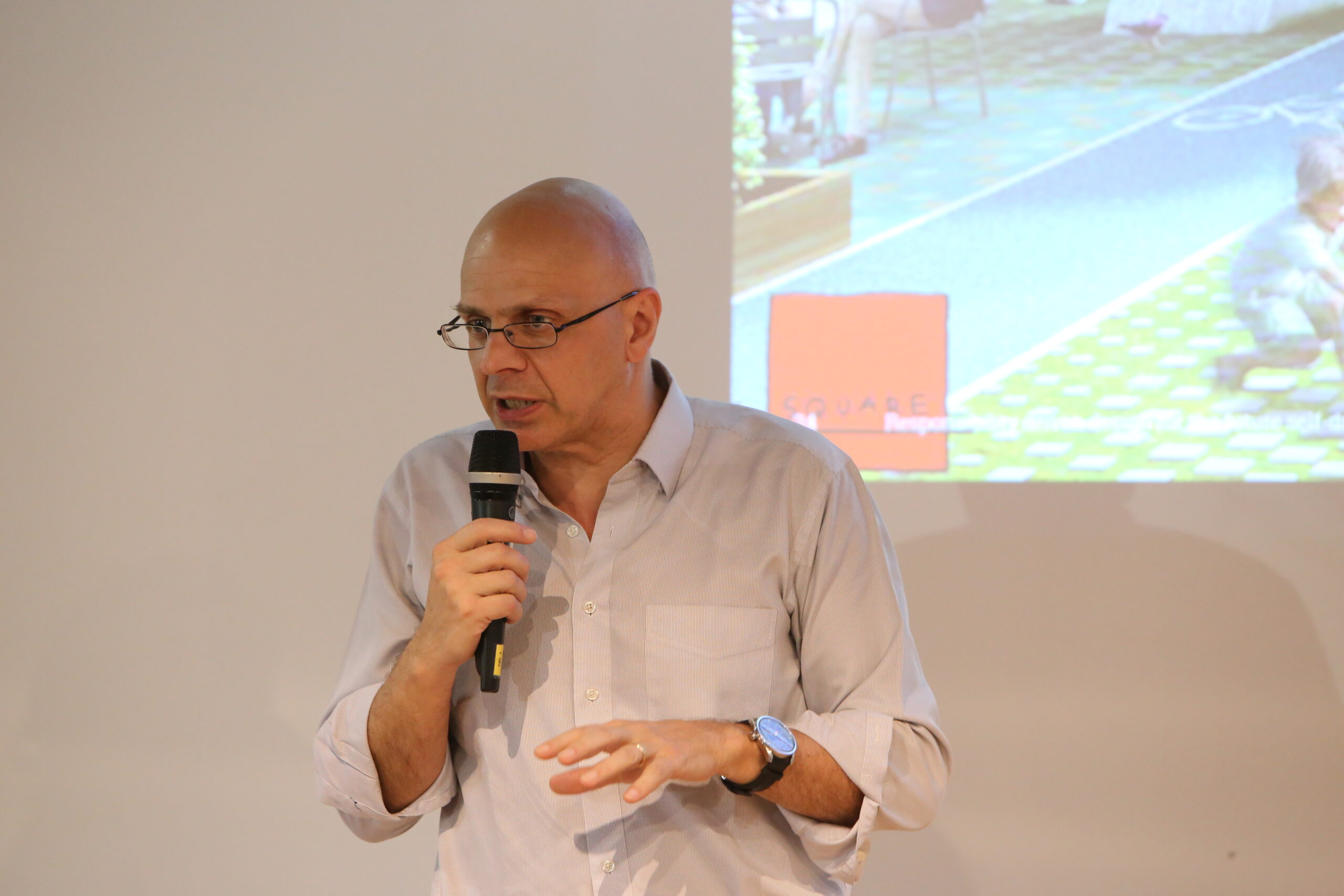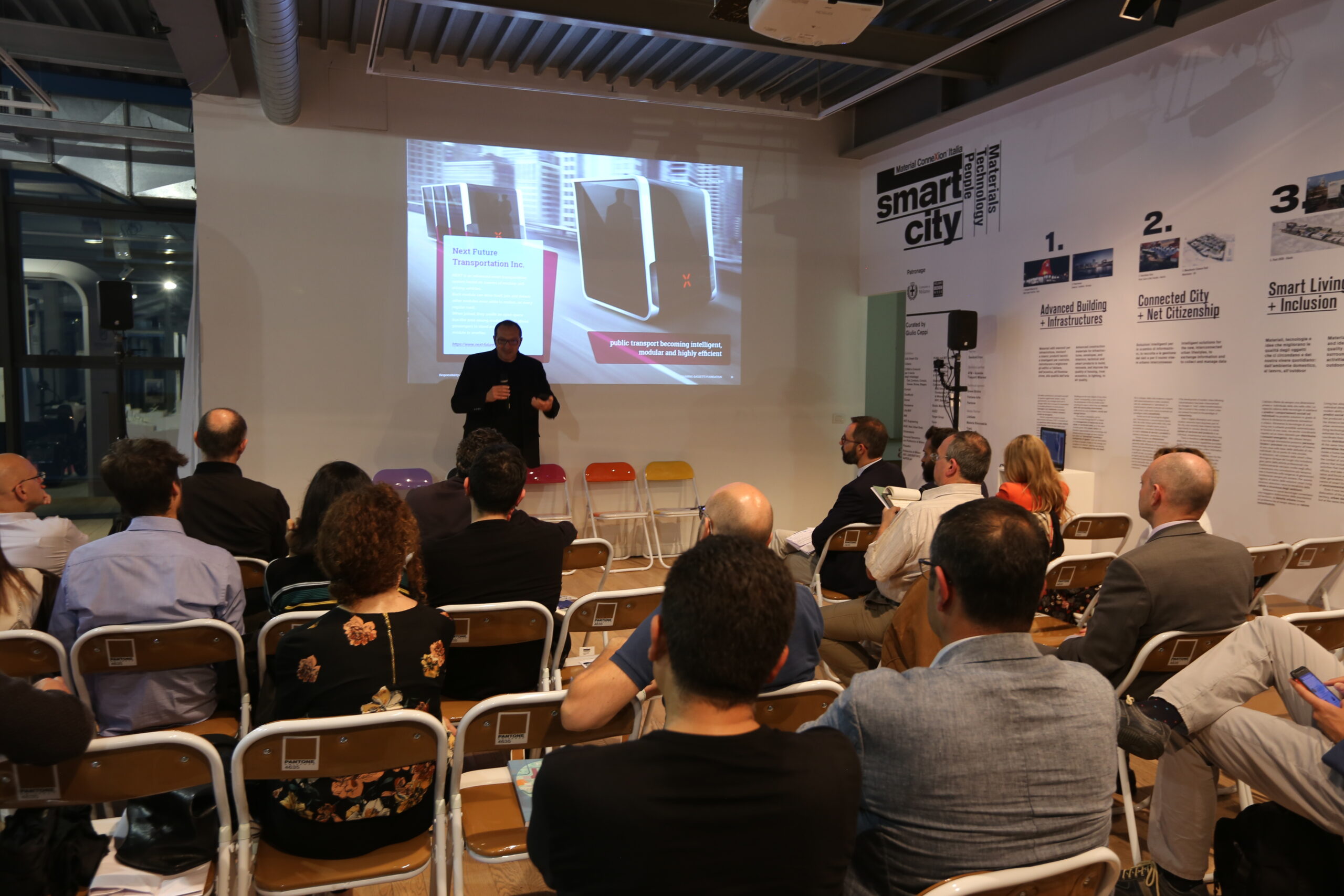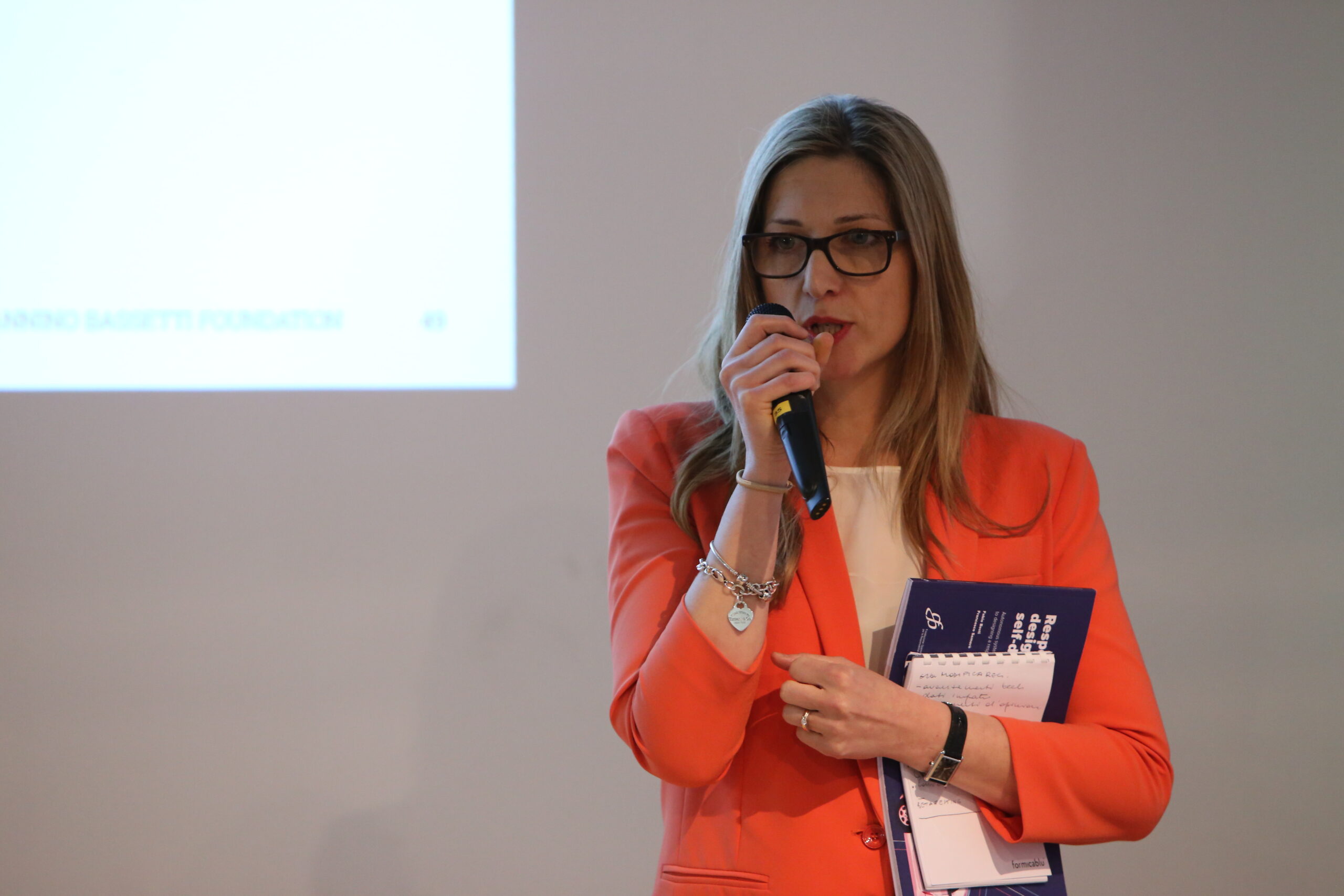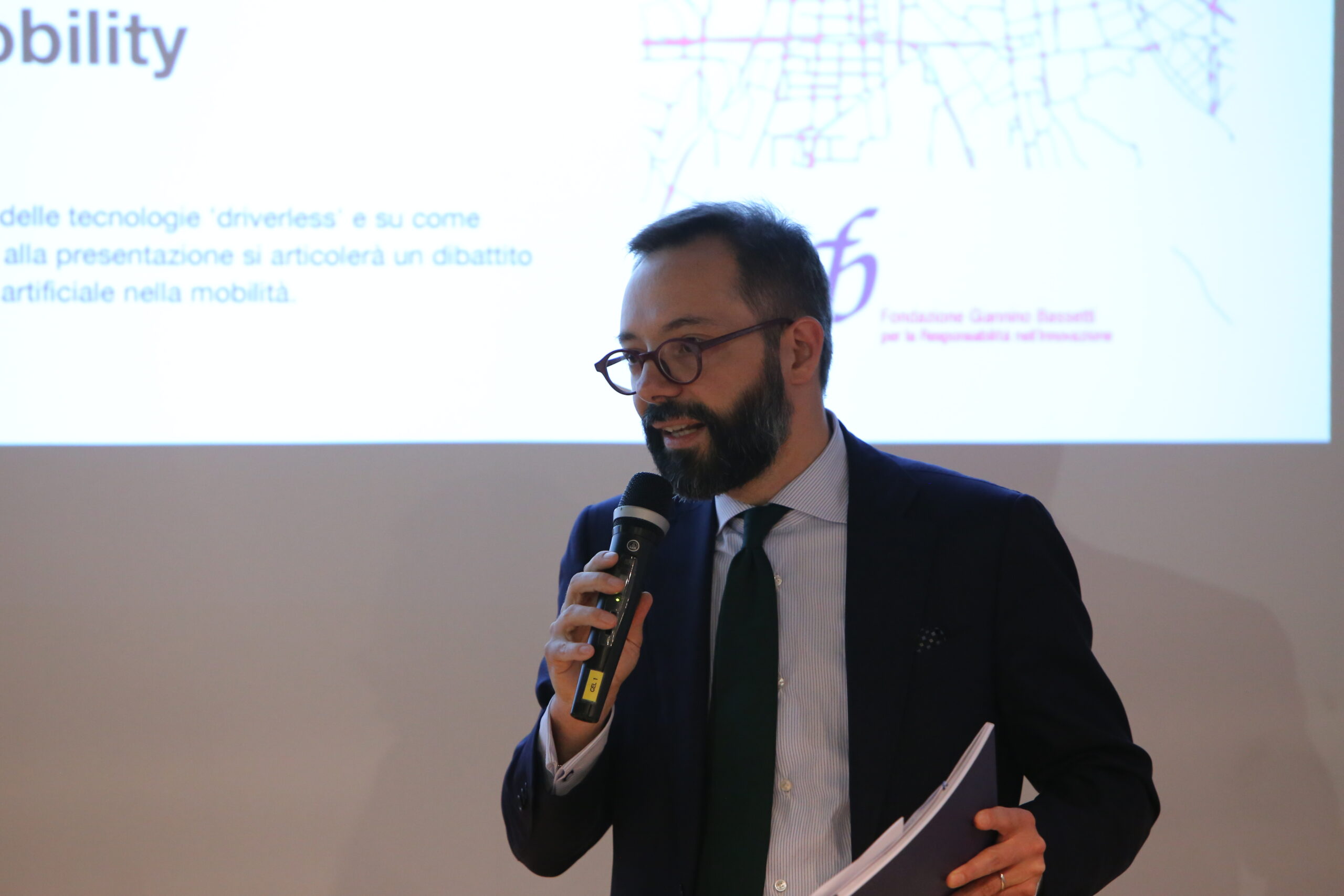Future of Mobility and Design. Foresight lectures at Domus Academy
In the last half of March 2021, I gave a couple of lectures on the future of mobility for Domus Academy (one of the most prestigious postgraduate design schools in Italy and Europe, with whom I collaborated before several times). Specifically, the lectures took place inside the Envisioning Workshops for the Masters in Product Design and in Urban Vision & Architectural Design.
The goal was to try to give a perspective on the rise and development of the concept of mobility, starting from the origin of history, and arriving at the most contemporary trajectories of technological and societal innovation.
In the first place, it was a great opportunity to share many insights from past projects on future mobility, especially those developed with the Bassetti Foundation. For instance, Meet the Media Guru | Around Mobility, a semester of research ad conferences created together with MEET, the Digital Culture Center of Milan; or Self-Driving Society, an extensive educational and research project developed with Politecnico di Milano.
The future of mobility & the design profession
It was extremely interesting to discuss such an important topic for the future of society and our profession. In fact, the rapid development of new mobility innovations is impacting deeply the world of design and its practice. Understanding these transformations and being able to navigate them, is going to be critical for designers, who will play a huge role in
Here below a selection of the slides from the lectures:
